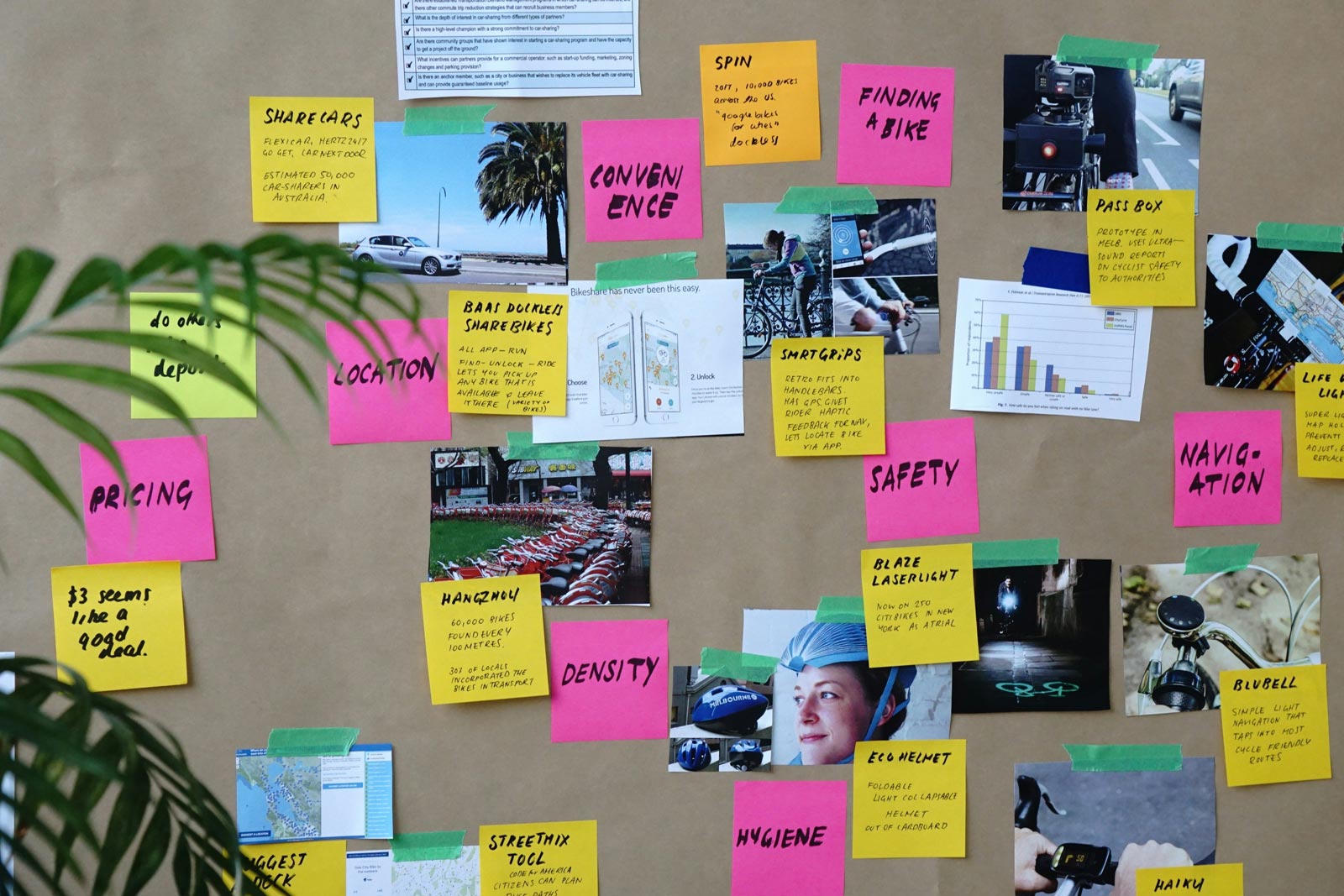We’ve all been there: the kickoff call for a new product in a space we know nothing about. Something like yacht financing, vertical farming, or contract lifecycle management. You smile, nod, and frantically Google after the meeting.
Welcome to the exhilarating chaos of domain discovery.
Before we can structure meaningful content—or create intuitive interfaces—we have to understand what the product is actually about. Not just what it does, but the subject domain it lives in. Because design isn’t just pixels or pages. Design is about how we model and communicate knowledge.
Content Is Always About Something
Whether you're writing button labels, producing long-form video, or organizing a massive documentation site—your content is about something. A field of knowledge. A space with its own vocabulary, key concepts, and weird edge cases. Mortgage lending. Bonsai care. Payroll for film crews.
Whatever it is, it’s researchable. And that research is not optional—it’s foundational.
Google Is Your First Design Tool
One of the most under-appreciated skills in design is simply knowing how to research. Wikipedia, professional organizations, forums, explainer videos—they’re all fair game. Want to learn the shape of a subject? Look for:
- The nouns people use (objects, roles, tools)
- The verbs they perform (actions, processes, workflows)
- The language differences between experts and casual users
I’ve started entire UX projects by diving into Reddit threads and YouTube comments just to understand how real people talk about a space.
Talk to the Experts, Sketch the System
Once you have a basic lay of the land, talk to people who live in the domain. Subject matter experts aren’t just stakeholders—they’re your mapmakers. Interview them like an anthropologist:
- What are the key concepts?
- How do those things relate?
- Where does it get complicated or fuzzy?
Bring index cards. Do a card sort. Start a messy mind map on sticky notes. Whatever works to visualize the terrain.
Then Talk to the People You’re Actually Designing For
Here’s the plot twist: you’re probably not designing for the experts.
The real magic happens when you compare how users understand the domain vs. how experts model it. That’s where you find the gaps, mismatches, and opportunities to make something actually usable. It’s also how you avoid stuffing your UI with jargon that no one understands (looking at you, "xerostomia").
When you hear users say "I just want to see all the files for this shoot," and your SME says, "Well, those are classified under pre-pro, dailies, and post assets,” you’ve just found a UX design opportunity.
The Cost of Skipping Domain Research?
A beautifully coded product that perfectly executes the wrong plan. As Tomer Sharon once said, “Research answers the question no one thought to ask.” And once wrong assumptions get locked into code, changing them becomes slow, painful, and expensive.
TL;DR: Design Begins With Language
Before we touch a design system or write a headline, we need to learn the language of the subject. We need to model the world our users live in—and then build bridges that help them navigate it.
In the end, connected content isn’t just modular or structured—it’s informed. And the path to truly informed content starts with domain fluency.
👀 Curious how we apply this at scale in real products? Let’s chat.
#UXDesign #ContentStrategy #DomainModeling #ProductDesign #StructuredContent #DesignLeadership #ContentDesign #OOUX #UXResearch #InformationArchitecture


No Comments.